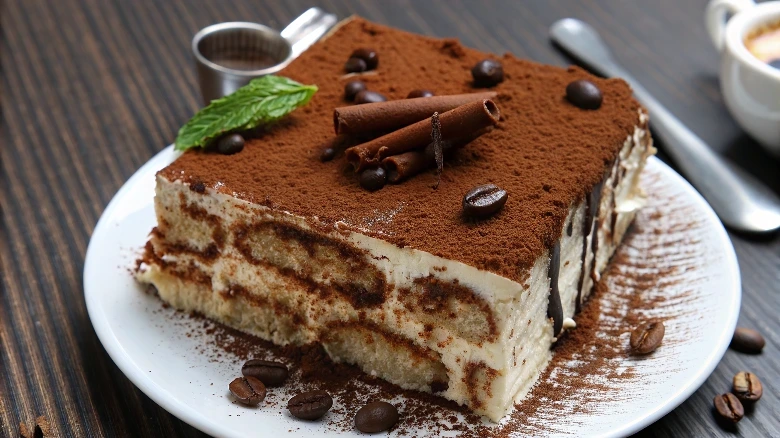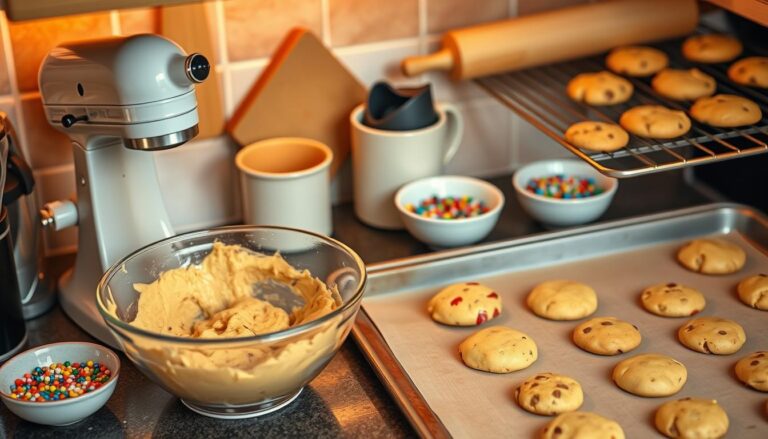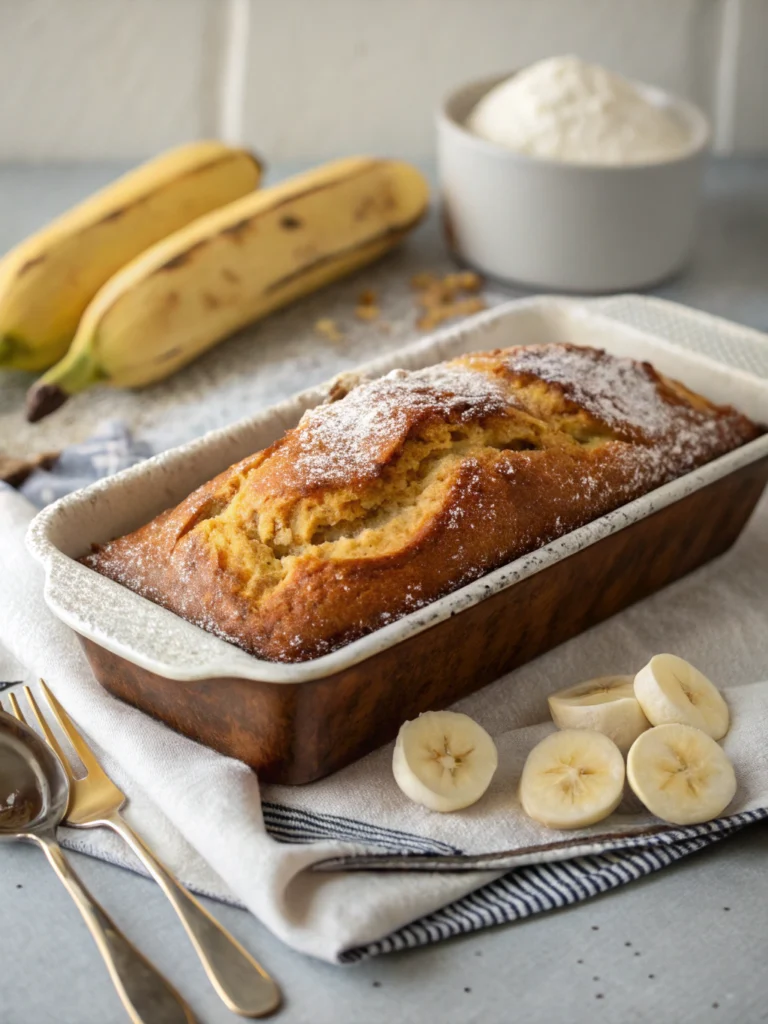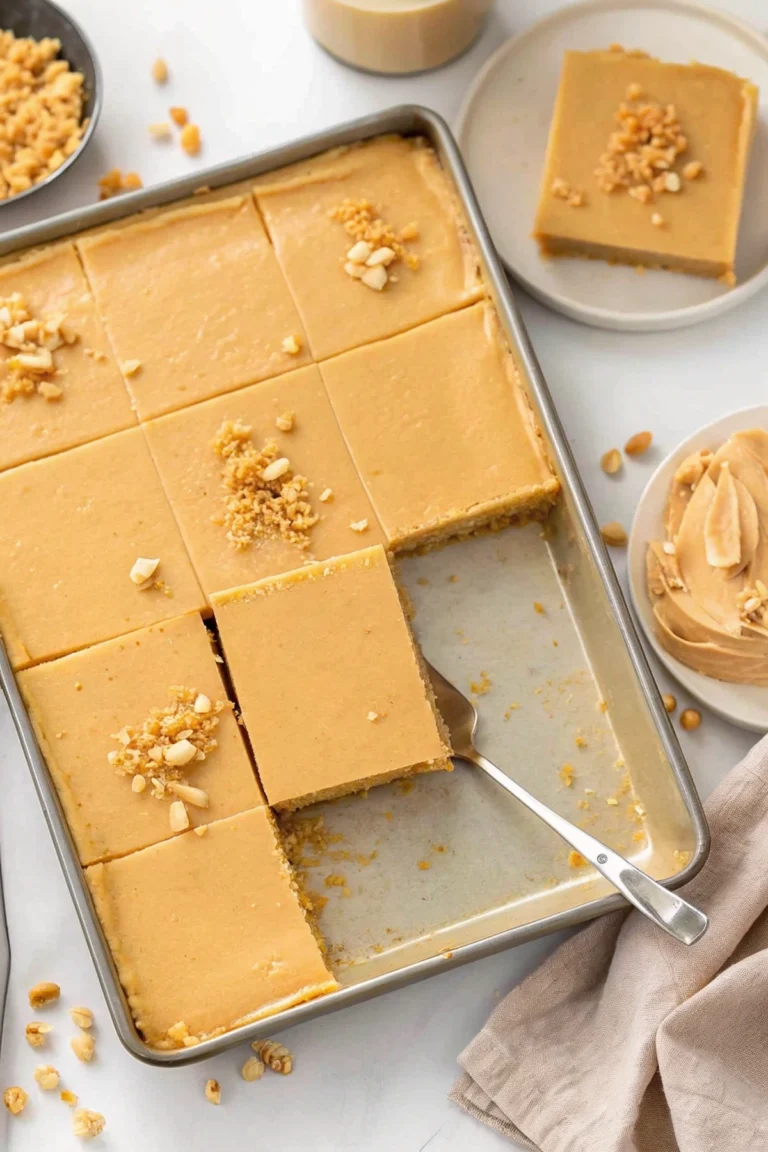Table of Contents
The Luxurious Layers of Tiramisu: What Makes It a Premium Dessert
The first time I served homemade tiramisu at a dinner party, one of my guests took a bite, closed their eyes in bliss, and then asked, “Why is this tiramisu so expensive when you make it at home?” It’s a fair question that many of us have wondered while staring at the $9-12 price tag for a single restaurant slice.
When you break down this Italian classic, you’re not just paying for a dessert—you’re investing in a culinary experience built on centuries of tradition. Authentic tiramisu combines specific imported ingredients, requires precise technique, and demands quality at every step. These factors all contribute to why this tiramisu so expensive both in restaurants and when made from scratch.
Let’s dive into the delicious details behind the cost of this coffee-infused masterpiece, and I’ll share how to create a restaurant-worthy version in your own kitchen that’s worth every penny.
The True Cost of Authentic Ingredients: Why Quality Matters
Mascarpone: The Creamy Gold Standard
If you’ve ever shopped for mascarpone cheese, you’ve likely experienced sticker shock. This velvety Italian cheese forms the backbone of authentic tiramisu and typically costs $5-8 for a small container. Why this tiramisu so expensive starts right here—with this crucial ingredient that cannot be substituted if you want true Italian flavor.
Genuine mascarpone is produced in Northern Italy’s Lombardy region using specific cream and precise acidification methods. When imported to the USA, you’re paying for shipping, refrigeration, import taxes, and that authentic Italian craftsmanship. Some American versions exist, but connoisseurs can taste the difference, which is why high-end restaurants insist on the imported variety.
Espresso: The Soul of Tiramisu
A proper tiramisu requires real espresso—not instant coffee. Restaurant-grade espresso machines can cost thousands of dollars, and even home baristas invest hundreds in proper equipment. The coffee itself should be high-quality, freshly ground, and properly brewed to achieve that robust flavor that cuts through the creaminess.
This is another reason why this tiramisu so expensive in restaurants: they’re using professional-grade espresso that delivers a depth of flavor that’s impossible to achieve with cheaper alternatives.
Savoiardi: Not Just Any Lady Finger
Those light, airy cookies soaking up the coffee? They’re called Savoiardi (Italian ladyfingers), and authentic ones have a specific texture that’s crucial for proper tiramisu. Imported Savoiardi can cost 2-3 times more than generic versions, but they hold their shape while absorbing the perfect amount of liquid—a critical structural element explaining why this tiramisu so expensive when made properly.
The Hidden Labor Costs Behind Each Heavenly Bite
The Time Investment: Patience Pays Off
When you pay $10 for a slice of tiramisu in a restaurant, you’re not just covering ingredients. True tiramisu requires significant time investment—typically 4-6 hours minimum from start to serving. After assembly, it needs at least 4 hours (preferably overnight) in the refrigerator for the flavors to meld and the texture to reach perfection.
Professional pastry chefs spend years perfecting their technique, and this expertise comes at a premium. When wondering why this tiramisu so expensive, remember you’re paying for their time, knowledge, and the patience required to create something truly spectacular.
The Skillful Assembly: Technique Matters
Have you ever tried making tiramisu only to end up with a soggy, collapsed mess? The assembly requires precision: ladyfingers need just enough coffee to soften without disintegrating, cream must be folded perfectly to maintain lightness, and layers must be even for both presentation and texture balance.
This technical knowledge is a significant factor in why tiramisu is so good when made by professionals—they’ve mastered these subtle techniques that home cooks often struggle with.
The Liquor Factor: Alcohol’s Impact on Flavor and Price
Traditional Spirits: Marsala, Rum, and Beyond
Authentic tiramisu often contains alcohol—traditionally Marsala wine, though many variations use rum, amaretto, or coffee liqueur. Quality spirits add another $15-25 to your ingredient list when making it at home and increase the cost basis for restaurants.
These spirits aren’t just for a boozy kick—they add complex flavor notes that make tiramisu so distinctive. The alcohol also acts as a preservative, extending the dessert’s shelf life while enhancing the overall taste experience. This flavor complexity is another reason why this tiramisu so expensive compared to simpler desserts.
Restaurant Economics: Why That Slice Costs So Much
Overhead Costs You Never See
Restaurant tiramisu often carries a $9-15 price tag for what seems like a modest portion. Beyond ingredients, you’re paying for rent, utilities, staff wages, insurance, and dozens of other operational costs. Restaurants typically aim for food costs to represent about 28-32% of the menu price, meaning a $12 tiramisu likely contains about $3.60-$3.84 in ingredients.
In upscale establishments, presentation also factors into why this tiramisu so expensive in USA restaurants—decorative plates, artistic garnishes, and tableside service all add to the experience and the price.
Freshness Premium: Small Batches Cost More
Quality tiramisu has a limited shelf life, even with proper refrigeration. High-end restaurants make small batches daily rather than large quantities that sit for days. This commitment to freshness means more labor hours per serving and potentially more waste, further explaining why this tiramisu so expensive when you dine out.
Making Tiramisu at Home: Investment vs. Reward
Your Shopping List: The Real Cost Breakdown
When making authentic tiramisu at home, prepare for an investment. Here’s what you’ll typically need for an 8-serving recipe:
- Mascarpone cheese (16oz): $8-10
- Heavy cream (1 cup): $2-3
- Espresso (2 cups): $3-5 (or more with specialized equipment)
- Savoiardi ladyfingers (24-30): $4-7
- Eggs (6 large): $2-3
- Sugar (3/4 cup): $0.50
- Marsala wine/rum (1/4 cup): $3-5 (portion of bottle)
- Cocoa powder (for dusting): $1-2
- Vanilla extract: $1-2
Total cost: $24.50-37.50, or roughly $3-4.70 per serving. While less than restaurant prices, it’s substantially more than many home desserts, further illustrating why this tiramisu so expensive even when homemade.
Equipment Needs: Beyond Basic Baking Tools
Creating restaurant-quality tiramisu requires:
- Stand mixer or electric hand mixer
- Espresso maker or moka pot
- Fine mesh sieve for cocoa dusting
- Deep serving dish (preferably glass)
- Spatulas and whisking tools
If you don’t already own these items, your startup cost could be significant, contributing to why this tiramisu so expensive when starting from scratch.
A Classic Tiramisu Recipe Worth Every Penny
Now that we understand why this tiramisu so expensive, let’s make one that’s worth the investment. This recipe prioritizes technique and quality ingredients for an authentic experience.
Ingredients (Serves 8):
- 6 large egg yolks
- 3/4 cup granulated sugar
- 16 oz mascarpone cheese, room temperature
- 1 cup heavy cream
- 2 cups freshly brewed espresso, cooled
- 1/4 cup Marsala wine (or dark rum)
- 24-30 Savoiardi ladyfingers
- Unsweetened cocoa powder for dusting
- 1 tsp vanilla extract
- Pinch of salt
Instructions:
Prepare the coffee mixture: Combine cooled espresso with Marsala wine in a shallow bowl and set aside.
Create the zabaglione base: In a heatproof bowl over simmering water (double boiler), whisk egg yolks and sugar until pale and tripled in volume, about 5-7 minutes. The mixture should leave a ribbon trail when the whisk is lifted. Remove from heat and continue whisking for another minute to prevent scrambling.
Build the cream mixture: Gently fold room temperature mascarpone into the zabaglione until just combined. In a separate bowl, whip heavy cream with vanilla and a pinch of salt until soft peaks form. Carefully fold the whipped cream into the mascarpone mixture, maintaining as much air as possible.
Assembly time: Quickly dip (don’t soak) each ladyfinger into the coffee mixture, about 1 second per side. Arrange in a single layer in your serving dish. Spread half the mascarpone mixture evenly over the ladyfingers. Repeat with a second layer of dipped ladyfingers and the remaining cream.
Rest and develop: Cover with plastic wrap and refrigerate for at least 6 hours, preferably overnight. This resting period is essential for the flavors to meld and explains why tiramisu is so good when made ahead.
Finishing touch: Just before serving, generously dust the top with cocoa powder using a fine mesh sieve.
When you taste the final result, you’ll understand why this tiramisu so expensive—and why it’s absolutely worth every cent.
Regional Variations That Affect Price
Italian Regional Differences
Even within Italy, tiramisu varies by region, affecting both taste and cost. The Veneto version tends to be lighter, while Tuscan variations might include pine nuts or citrus. Each regional adaptation carries its own price implications based on local ingredients.
In the USA, many restaurants adapt these regional variations, which partly explains why this tiramisu so expensive in USA establishments that pride themselves on regional Italian authenticity.
American Adaptations: Innovation at a Price
American chefs have created countless tiramisu variations—from pumpkin spice to matcha to berry-infused versions. These creative adaptations often incorporate premium seasonal ingredients that can drive prices even higher than traditional versions.
When Shortcuts Don’t Work: Failed Substitutions
I once tried making a “budget tiramisu” with cream cheese instead of mascarpone and regular sugar cookies instead of ladyfingers. The result? A gloppy, overly sweet mess that taught me why this tiramisu so expensive when made properly—some ingredients simply cannot be substituted without compromising the entire dessert.
Cheaper alternatives might include:
- Cream cheese instead of mascarpone (loses delicate flavor)
- Regular coffee instead of espresso (lacks depth)
- Regular sponge cake instead of ladyfingers (wrong absorption rate)
- Skipping the alcohol (flatter flavor profile)
Each substitution might save money but sacrifices what makes tiramisu truly special.
FAQ: Everything You Wanted to Know About Tiramisu Costs
How long does homemade tiramisu last?
Properly refrigerated homemade tiramisu lasts 2-3 days before quality begins to decline. This short shelf life contributes to why this tiramisu so expensive in restaurants—they must make fresh batches regularly.
Is tiramisu supposed to be boozy?
Traditional tiramisu contains alcohol, typically Marsala wine or rum, though the flavor should be subtle rather than overwhelming. Alcohol-free versions exist but lack some complexity that makes the authentic version so special.
Why does restaurant tiramisu taste better than mine?
Restaurant tiramisu benefits from professional technique, temperature-controlled environments, and often, better quality ingredients. Their experience in balancing coffee soaking time and achieving the perfect cream texture explains why tiramisu is so good in professional settings.
Is tiramisu actually Italian?
Yes! Tiramisu originated in the Veneto region of Italy in the 1960s, though some debate exists about the exact origin. Its name literally means “pick me up” or “cheer me up” in Italian, referring to the energizing effects of its coffee and sugar.
Can I freeze tiramisu to make it last longer?
While possible, freezing changes the texture of the cream and can make the ladyfingers soggy upon thawing. Professional establishments rarely freeze tiramisu, which is another reason why this tiramisu so expensive—it’s made fresh in small batches.
Your Turn to Create Luxury at Home
Now that you understand why this tiramisu so expensive, I hope you’ll consider it an investment in culinary excellence rather than just a pricey dessert. The combination of premium ingredients, skilled technique, and time creates something truly magical that can’t be replicated with shortcuts.
Have you tried making tiramisu at home? What was your experience with ingredient costs and technique? Did you find it worth the investment? I’d love to hear your tiramisu stories and whether you think the expense matches the experience.
For those ready to take on the challenge, remember that practice makes perfect. Your first attempt might not match that $12 restaurant slice, but each time you’ll get closer to mastering this Italian masterpiece. And when friends ask why this tiramisu so expensive, you’ll have all the delicious answers.
Meta description: Wondering why this tiramisu so expensive? Discover the authentic ingredients, skilled techniques, and time investment that justify the price tag of this beloved Italian dessert.
Hungry for more? Check out our top rated recipes :
- Healthy Carrot Cake: Easy Recipe for Guilt-Free Indulgence
- Mango Banana Smoothie: The Easy Recipe for a Tropical Delight
- Carrot Ribbons Recipe:A Safe Journey to Your Dream Body
- What Happens to Your Body When You Combine Beetroot Juice and Chia Seeds Trend In 2025
- How to Make Irresistible Chocolate Covered Potato Chips at Home







